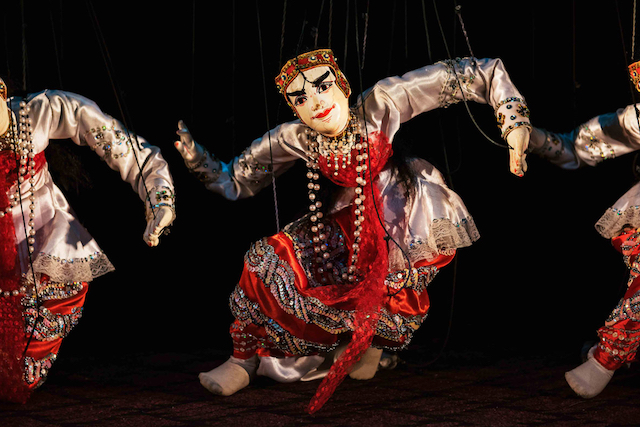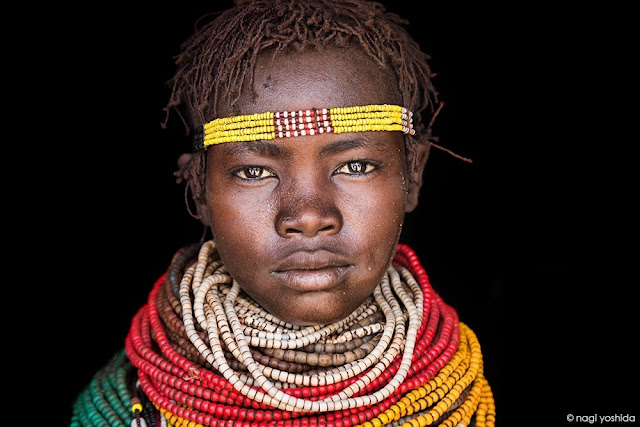The Legend of Hua | Multimedia
I have now completed producing 'The Legend of Hua', an audio slideshow (aka photo film) which recounts in just over 3:30 seconds (reportedly today's upper limit for our attention span) the story of Hua.
The story meshes the topic of ghosts, opium, Shanghai in its 1930's heyday, traditional Chinese cultural and supernatural elements; all revolving around a plot of betrayal. The plot is influenced by a 1988 movie by Stanley Kwan (in turn based on a novel by Li Pi-Hua (also known as Lillian Lee), one of the most influential Chinese TV writers, film writers and reporters.
I've recently produced a handful of audio slideshows that involve imaginary plots during the 1930s in Shanghai, featuring friends who take on the roles of wronged women...possibly wronged by either Chinese men or laowais/gweilos.
My long-time readers know that I've embarked on a chinoiserie "phase" for quite a while now; a phase fueled by my travels over the past few years to Hanoi, annual visits to Kuala Lumpur and more recently to Shanghai and Hong Kong.
Chinoiserie (from 'chinois' the French for Chinese) is a style inspired by art and design from China, Japan and other Asian countries. Fashion designers, furniture makers, wallpaper designers, artists and photographers have consistently been heavily influenced and inspired to produce work that reflect this aesthetic.
Aside from my travels, a major inspiration is In the Mood for Love (Chinese: ????), the 2000 Hong Kong film directed by Wong Kar-wai, starring Maggie Cheung and Tony Leung. It's moody theme is especially inspiring. More recently, another movie Lust, Caution...the thriller film directed by Ang Lee, whose story is mostly set in Hong Kong in 1938 and in Shanghai in 1942.
Aside from my travels, a major inspiration is In the Mood for Love (Chinese: ????), the 2000 Hong Kong film directed by Wong Kar-wai, starring Maggie Cheung and Tony Leung. It's moody theme is especially inspiring. More recently, another movie Lust, Caution...the thriller film directed by Ang Lee, whose story is mostly set in Hong Kong in 1938 and in Shanghai in 1942.


Comments
Post a Comment